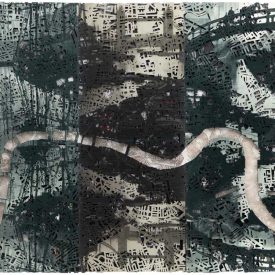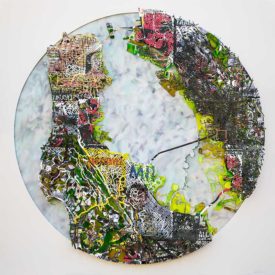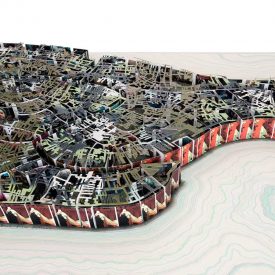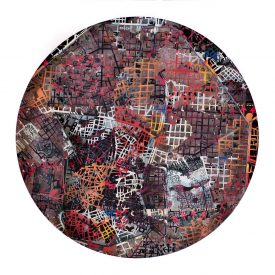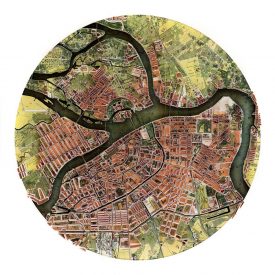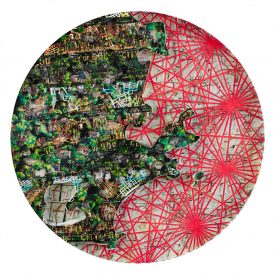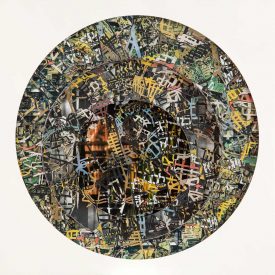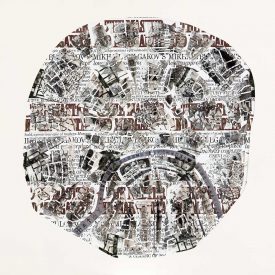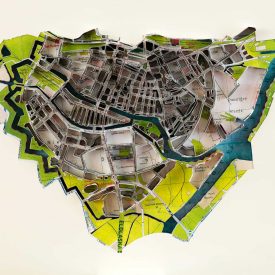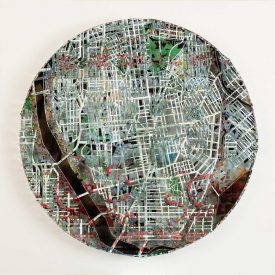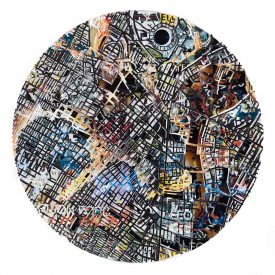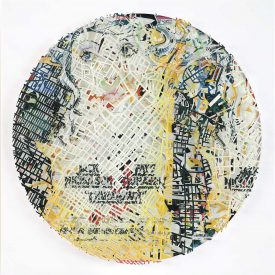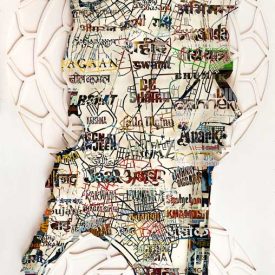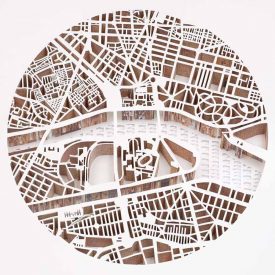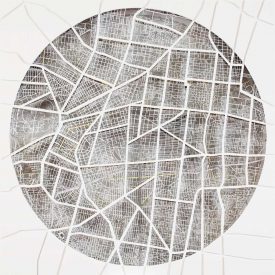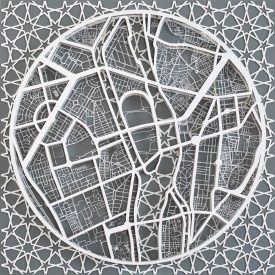The City of London has in the past derived its’ great wealth from a ruthless extraction of capital from the British Empire’s Colonial acquisitions, something that continues today in a more secretive and manipulative fashion via the spidery network of off shore jurisdictions. For several centuries conditions in the city were notorious for the squalor and depravity of existence, for many life was little better than slavery. No wonder then perhaps that the citizens of this dark city were able to so easily inflict such suffering and death all over the world and with such a callous indifference to the fate of those they came to rule over.London was the city where Karl Marx wrote and was inspired to write Das Kapital, its’ squalor famously documented by Dickens, the depravity of existence illustrated by Hogarth and even by the Empire’s Zenith in 1902 inspired Jack London to write the book “The People of The Abyss”
London was home to the notorious East India Company, led by Robert Clive and directly responsible for the first great famine of Bengal in 1770. A statue of “Clive of India” still exists outside the foreign office. Under Lord Palmerston the British went to war with the China to protect the opium trade. Long after the abolition of slavery the city was still financing it.
The sculptural artwork includes imagery from historical depictions combined with modern street maps. During the 18th century, the political satirist William Hogarth created a series of engravings depicting the corruption and debauchery of the London of that time period and some of his images form the underlying layer of this piece. These images have been combined in some places with some extracts of the photographs Jack London took in 1902.
There are additional images of The East India Company headquarters, Sir Thomas “Auditor Smythe (1558-1625) the founder of the company, Clive of India (1725-1774) and images of The South Sea Bubble (1720) the first financial collapse. The River Thames contains cut out forms from Holbein’s “The Dance of Death” (1538)
Documentation portraits of London in 1902 by American photographer Alvin Langdon Coburn (1882-1966) are included at a greatly enlarged scale with a layer of extensive cut outs in the shapes of modern day London street networks that conceptually connect the past and present.
